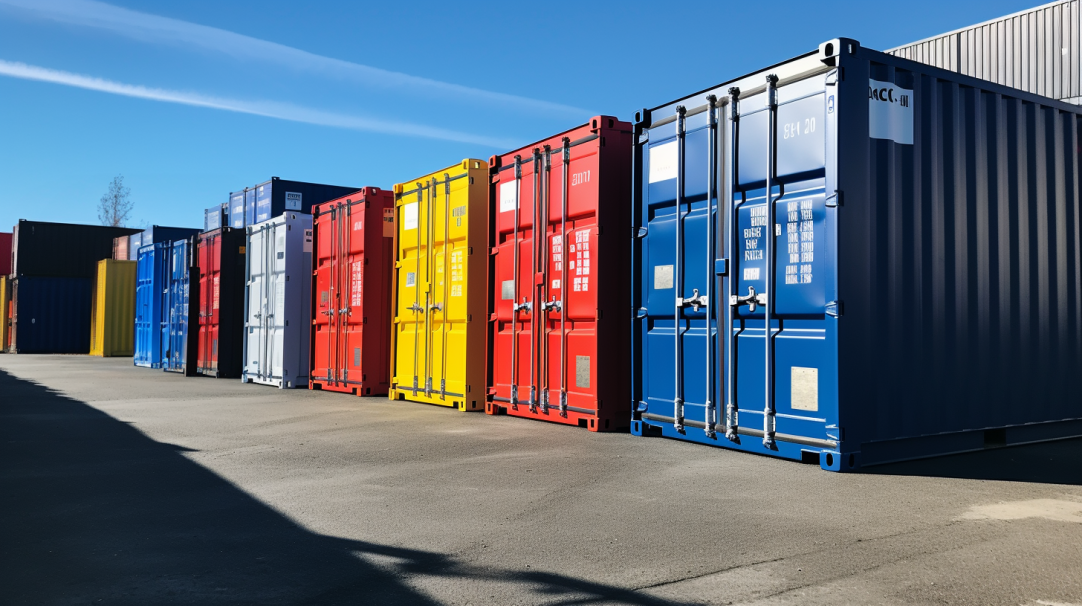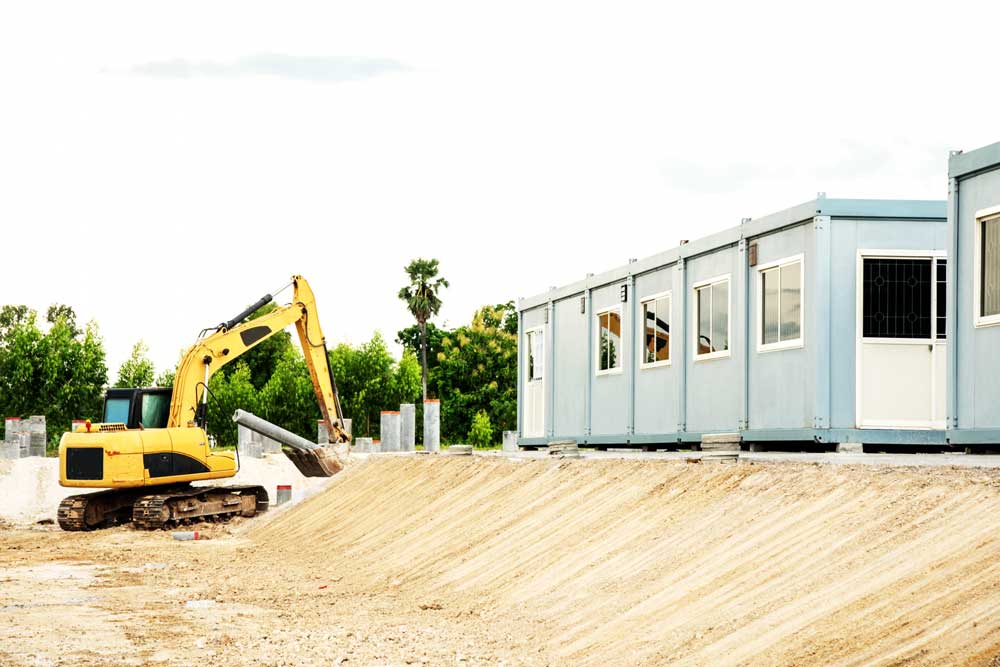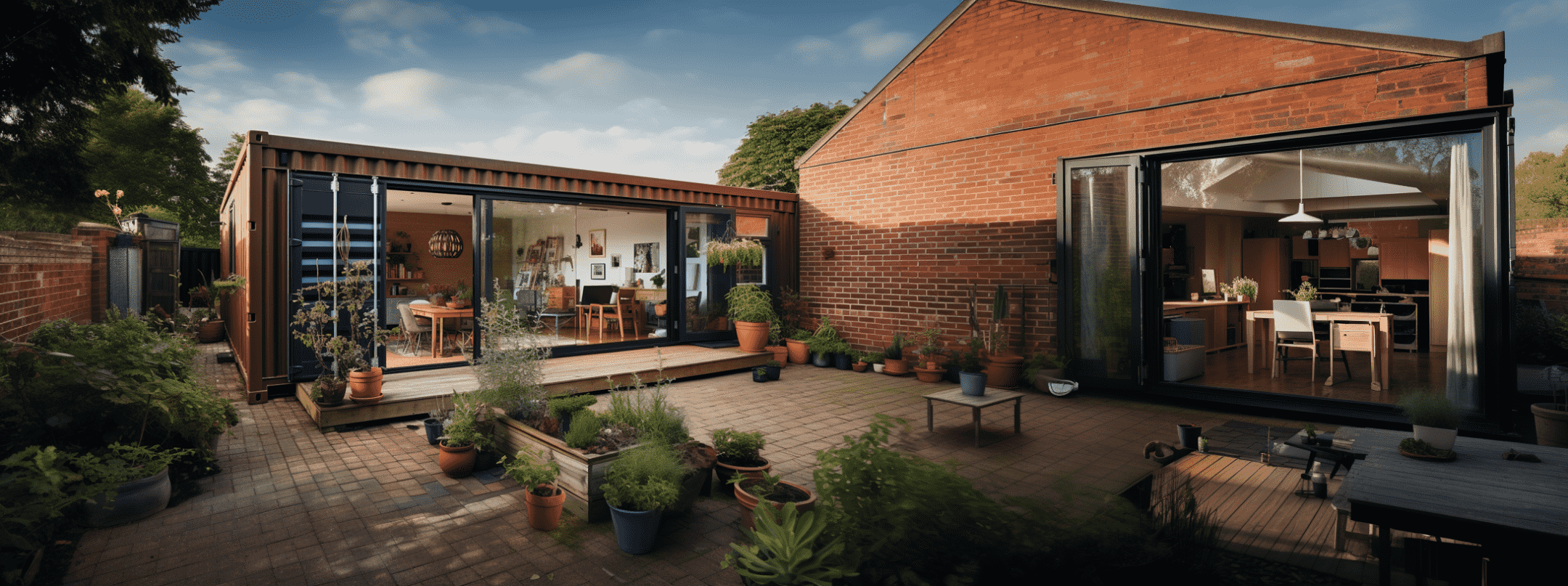If you’ve got a shipping container conversion, you’ll be enjoying the additional space for a number of different purposes. Last year, we created hundreds and hundreds of bespoke container conversions – garden rooms, offices, canteens, storage facilities, toilet blocks – the list is endless. We consistently receive positive feedback from our customers and we are thrilled that they all see the cost-effective benefits of converting a shipping container. However, just like your house, the appropriate action must be taken to ensure that your container conversion can withstand the elements to prevent any damage from occurring. As with a normal property, a converted shipping container is at risk of particular issues, including condensation.
What problems can condensation cause a shipping container?
Condensation ultimately leads to water being present within your shipping container. Unfortunately, although it may seem like a bit of water on the sills or the likes, the damage that can be caused by condensation can result in large repair costs and detrimental damage to your converted container. If you can spot any of the following signs of condensation below, it is vital that you contact a shipping container specialist to assess the extent of the issue. However, if you believe your container to be condensation-free at present, then make yourself aware of these tell-tale signs to avoid any unnecessary future repairs:
- Material Staining
- Equipment Damage
- Water on Windows or Walls
- Metal Damage
- Slip Hazards
- Coating & Adhesive Damage
- Mould growth and mildew
- Poor Insulation Performance
How can I prevent moisture that leads to condensation?
If your shipping container is already showing signs of condensation, the best thing to do is to seek the help of a professional to assess the extent of the issue and more importantly, arrange for repair. However, if you believe your container is free of condensation, there are a number of preventative measure you can take:
- Check any pipes/plumbing for leaks or holes causing leaks
- Use a portable dehumidifier to remove moisture from the air
- Ensure showers are appropriately ventilated
- Install an exhaust hood over your cooker/oven
- Use an air conditioning unit in dry mode
- Appropriately ventilate with doors, windows and vents
- Avoid enclosure of wet building materials during construction
- Check that your tumble dryer vent exhausts outside the container
- Ensure your container has appropriate exterior sealing
Can I test my shipping container for condensation?
Condensation occurs when warm air collides with cold surfaces, or when there’s too much humidity in your container. When this moisture-packed warm air comes into contact with a cool surface, it cools down quickly and releases the water, which turns into liquid drops on the cold surface, creating condensation.
In order to test your container condensation, you can do this in two ways. The first is to assess the interior surfaces. If any walls, windows or surfaces show water, then this is cause for concern. If the amount of water visible is not severe, then trial some preventative measures in order to check if you can fix the issue with simple measures. If not, seek the help of a specialist.
The second way to test your shipping container for condensation is to assess the temperature, relative humidity and dew point of the inside of your container against the outside of your container. Of course, indoor temperature is always personal preference. A digital thermometer/hygrometer can measure indoor and outdoor humidity and temperature.
Helpful? We certainly hope so! Your shipping container conversion is built to last, so be sure to keep it that way. Take the necessary precautions to protect your container against natural elements that can lead to significant damage and costly repairs. When properly maintained, just like your home, your converted container will remain to be free of deterioration and will keep the pennies in your pocket.
If you would like to discuss an idea for a shipping container conversion with us, or you’d like some further pointers or professional tips to adequately protect your current container conversion against condensation, please call the Universal Containers team on 0845 050 0330 or email andy@universal-containers.com for friendly, no obligation advice.





